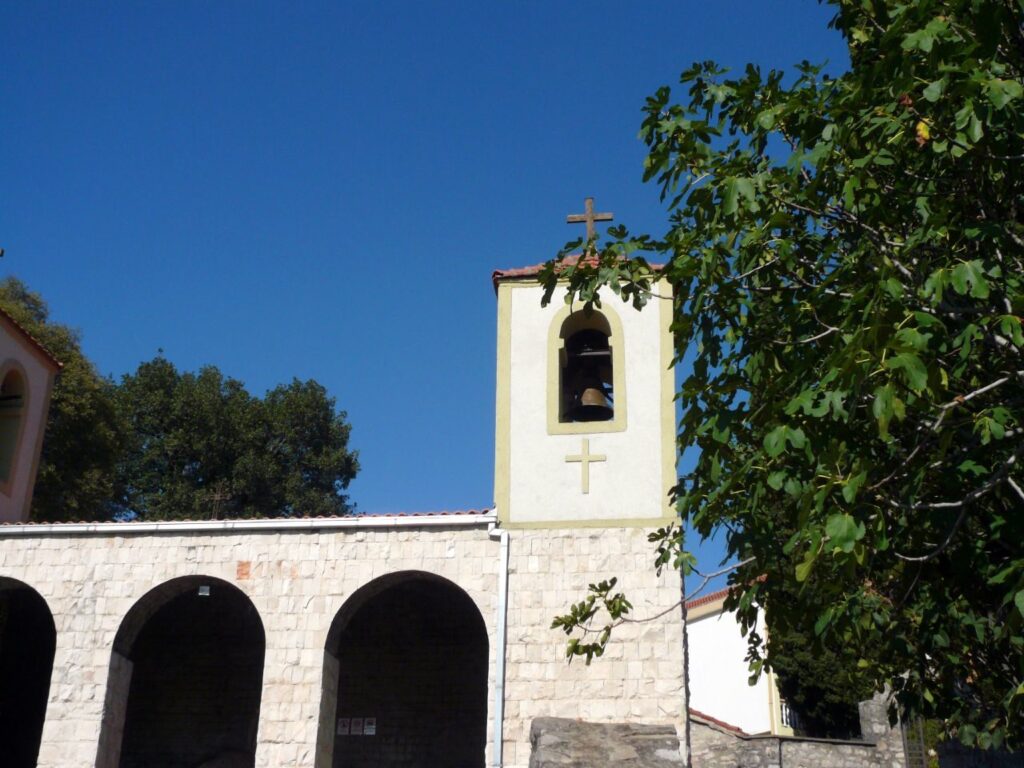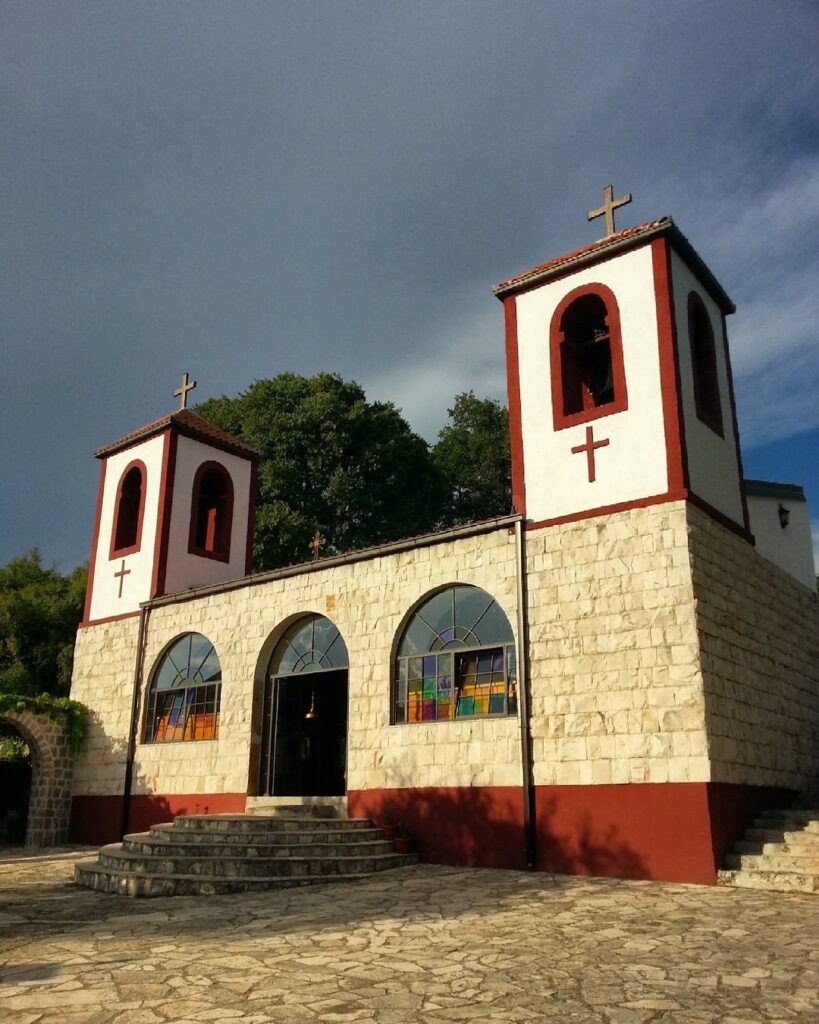history of Dajbabe monastery
The vast Montenegrin landscape, known for its stunning vistas, holds a treasure trove of historical and spiritual gems. Among these is the Dajbabe Monastery, a testament to faith and resilience through ages. Situated near the capital city of Podgorica, this sacred structure offers a journey through time, revealing layers of history, culture, and spiritual significance.
The Dajbabe Monastery stands unique, not just for its architectural design but also for its position, partly underground, taking advantage of the cave systems. This unique architecture is a result of the region’s topography and the creative solution the founders employed to establish a place of worship and refuge.
The monastery’s origin dates back to the 15th century. Established during tumultuous times marked by wars and invasions, the Dajbabe Monastery has witnessed the ebb and flow of empires, each leaving an indelible mark on its structure and ethos. Its walls, part natural rock and part man-made, have silently observed the convergence of Byzantine, Ottoman, and Venetian influences. This mosaic of cultural impacts is evident in the monastery’s frescoes, artifacts, and the architectural nuances that have been preserved through the years.
Inside the monastery, the murals and frescoes stand as a testament to the rich artistic heritage of Montenegro. Depicting scenes from the Bible and local legends, they serve as a visual narrative of the Orthodox Christian faith and its intertwined relationship with Montenegrin culture. Over the years, the Dajbabe Monastery has not just been a place of worship but also an essential repository of art, culture, and knowledge.

Traditions in Dajbabe monastery
Religious institutions often face the challenge of remaining relevant in an ever-evolving world. The Dajbabe Monastery, however, seamlessly bridges the ancient with the modern, ensuring that its spiritual teachings resonate with contemporary society while staying true to its centuries-old traditions.
The monastery’s spiritual essence is palpable from the moment one steps into its sacred grounds. The harmonious blend of natural beauty, with the cave systems and the surrounding lush landscapes, coupled with the spiritual energy emanating from its sacred halls, creates a profound sense of peace and introspection. This serene environment fosters deep spiritual connection and meditation.
But the Dajbabe Monastery is not just a relic of the past. Its monks, while deeply rooted in Orthodox Christian teachings, are acutely aware of the modern world’s challenges. They often engage with visitors and pilgrims, offering spiritual guidance, hosting theological discussions, and organizing meditation and prayer sessions. These interactions serve as a bridge, connecting age-old wisdom with modern dilemmas and challenges.
Furthermore, the monastery, recognizing its role in education and cultural preservation, often hosts workshops, lectures, and exhibitions. These events, while grounded in tradition, are designed to appeal to younger generations, ensuring that the rich legacy of the Dajbabe Monastery is not only preserved but is also passed down to future generations, making it a living testament to Montenegro’s spiritual and cultural heritage.

Modern challenges in Dajbabe monastery
In a rapidly changing world, even ancient institutions like the Dajbabe Monastery face modern challenges. From environmental concerns to the pressures of increasing tourism, there’s a delicate balance to be maintained between preserving tradition and adapting to the contemporary world.
One of the most significant challenges is the environmental impact. The unique cave ecosystem of the Dajbabe Monastery is sensitive to external changes. As more visitors arrive, there’s an increased strain on the environment, necessitating sustainable practices to ensure the area’s preservation. This means regulating the number of visitors, ensuring waste disposal methods are sustainable, and working on conservation projects.
Moreover, while the influx of tourists brings much-needed funds for maintenance and restoration, it also poses a threat to the serenity and sanctity of the monastery. Striking a balance between allowing visitors to experience the monastery’s beauty and ensuring that its spiritual essence remains undisturbed is a continual challenge.
The Dajbabe Monastery’s administration, with support from local communities and international organizations, is making concerted efforts to address these challenges. Educational programs, eco-friendly initiatives, and collaborations with conservationists ensure that while the monastery continues to be a beacon of spirituality and culture, it remains in harmony with the modern world. The path ahead is paved with challenges, but with its rich legacy and the determination of its community, the Dajbabe Monastery is poised to remain a symbol of Montenegrin heritage for generations to come.

